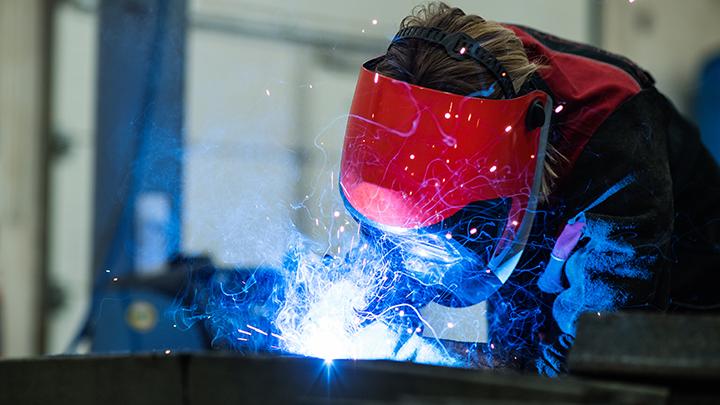CWB Group
Popular Courses
Welding Supervisor Steel
Ideal for welding professionals interested in managing certified welding operations.
Visual Welding Inspector Level 1
Flexible in-class, hybrid, or remote options to fit your schedule and maximize learning potential.
Micro-Credentials
Upgrade your skills and stay current with low-cost micro-credential courses.

Why Join My CWB?
- Personalized content
- Register for courses
- Access to qualifications and invoices
- Updates and notifications
- Exclusive offers
Directories
Find up-to-date directories of CWB certified companies, welding consumables, inspectors and inspection organizations.
Latest Resources
Am I allowed to weld over paint?
Or do I have to remove it? What about primers and paints that claim to be “weldable”?